Russiagate was worse than Watergate
The efforts to undermine Trump’s 2016 election win were even more sinister than we realised.
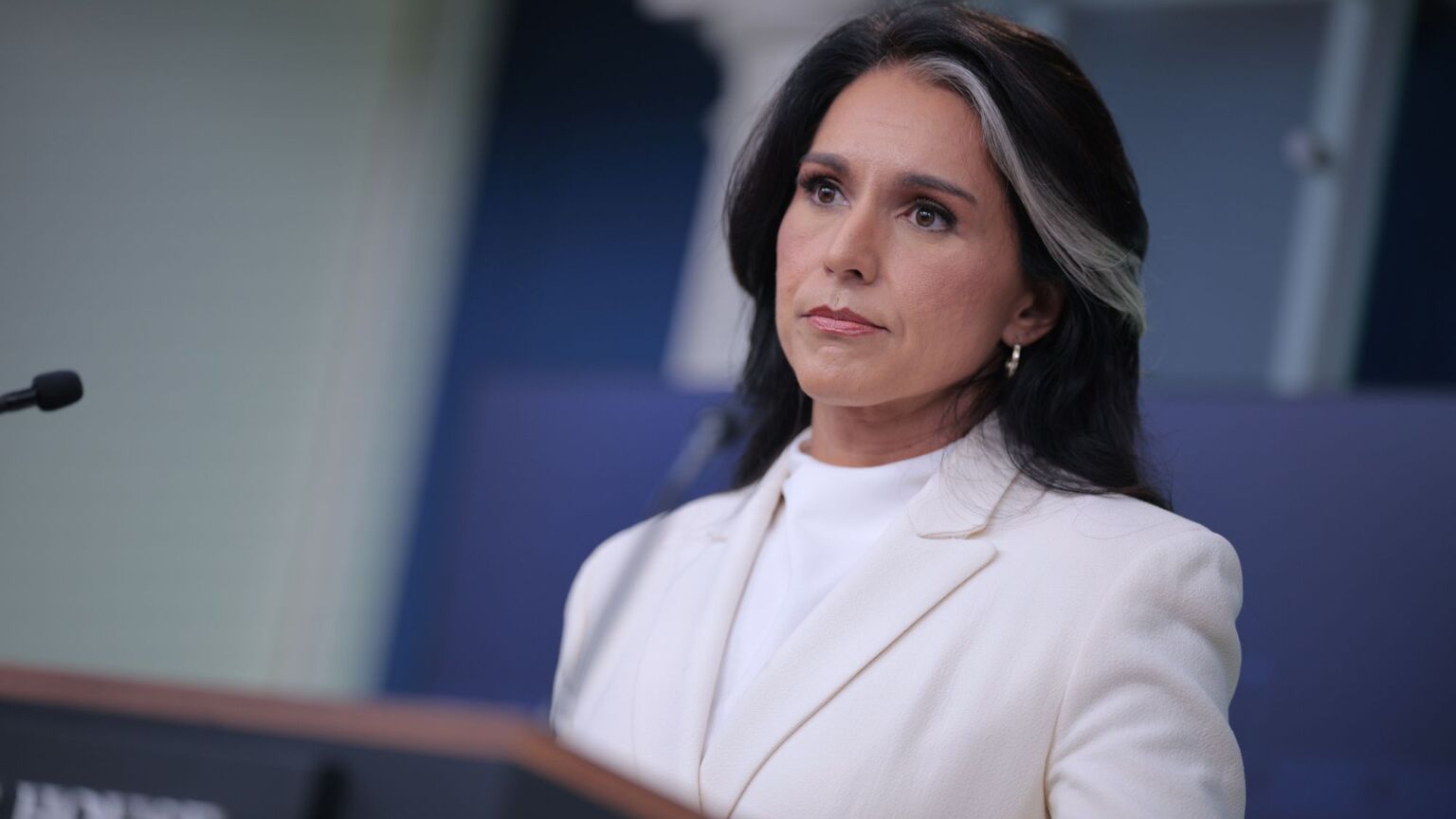
Want unlimited, ad-free access? Become a spiked supporter.
Russiagate is back. US attorney-general Pam Bondi has ordered a grand-jury investigation into an alleged conspiracy by the Obama administration and the national-security services to tie Donald Trump to Russia. Bondi’s move follows a criminal referral from director of national intelligence Tulsi Gabbard. It also comes after a slew of new information releases since early July. These include Gabbard’s declassification of intelligence on the Obama administration’s conclusion that Russia sought to help Trump in the 2016 election; CIA director John Ratcliffe’s review of the intelligence-community assessment (ICA), ordered by then president Obama in December 2016; and a newly declassified annex to the Russiagate report, produced by special counsel John Durham in 2023.
While the Department of Justice has not yet brought indictments, the alleged crimes could be serious – including offences punishable by imprisonment. Last month, Gabbard accused Barack Obama – along with former director of national intelligence James Clapper, former CIA director John Brennan and former FBI head James Comey – of leading a ‘treasonous conspiracy’. This was, she said, ‘essentially a years-long coup against the duly elected president of the United States, subverting the will of the American people and attempting to delegitimise Donald Trump’s presidency’. On his Truth Social account, Trump posted a joke video depicting FBI agents handcuffing Obama in the Oval Office, to the tune of ‘YMCA’.
Unsurprisingly, the key figures targeted by Gabbard have rejected her allegations. A spokesperson for Obama called them ‘bizarre’ and ‘a weak attempt at distraction’. Brennan and Clapper wrote an op-ed in the New York Times calling the allegations ‘patently false’. They even claimed they never relied on the now-debunked Steele dossier to establish their assessment of Trump’s ties to Russia – a claim that is itself ‘patently false’, and which suggests their dishonesty continues to this day.
Likewise, the mainstream media have essentially concluded that there is nothing to see here. They have either ignored the latest Russiagate disclosures or sought to discredit them as just the latest in a long line of Trumpist ‘conspiracy theories’. Trump is rehashing the past, they say. He is seeking retribution for grievances he cannot let go of. It’s all just a diversion from the Jeffrey Epstein story. Tulsi is trying to get back in Trump’s good graces. And so on.
It is convenient for the New York Times and the Washington Post to wave away the latest revelations as ‘Russian disinformation’, as it means they do not have to engage directly with the facts. After all, their own reporters were complicit in perpetuating the Russiagate hoax, gleefully spreading the falsehoods the Obama team and the security services fed them. These two newspapers even won Pulitzer prizes for their coverage. Coverage which we now know was false.
Despite the efforts of Democrat-friendly media to dismiss the latest disclosures as unworthy of consideration, the American public clearly cares. A recent Rasmussen poll found that about two-thirds of voters are following Gabbard’s investigations ‘very closely’ or ‘closely’. Some 69 per cent say it is critical to hold the perpetrators accountable ‘for the survival of our country’.
The public is right to care. The new Russiagate revelations matter, if only to set the historical record straight. Indeed, the latest declassified information gives a more complete picture of how the Obama administration and security officials engineered one of the most corrupt acts of political sabotage in American history. In a country where, even today, most Democrats believe it is likely that the Trump campaign colluded with the Russian government to win the 2016 election, it is important to set out the truth.
Much of this we already knew from prior investigations – most notably, from the 2023 Durham report, which revealed the FBI’s active involvement in propagating Russiagate.
While there are many moving parts to this story, the gist is as follows:
In 2016, Hillary Clinton’s election campaign sought to tie Trump to Russia, most likely to deflect from the scandal over her use of a private email server. To do so, Clinton funded (via surrogates) a report produced by former British spy Christopher Steele, which alleged that Trump was an agent of Russia. The FBI learned of Clinton’s scheme and opened an investigation into Trump. It used the Steele dossier to obtain court approval to spy on Trump, even while knowing the dossier had been concocted by the Clinton campaign.
After Trump’s surprise victory in the November 2016 election, Obama tasked the security agencies with conducting an ICA of possible Russian meddling. They concluded, before Trump’s inauguration in January 2017, that Russia had interfered and that Vladimir Putin ‘aspired to help’ Trump. Democrats and the media leapt on these findings to claim Trump was an illegitimate president. These allegations would lead to Robert Mueller’s all-consuming investigation into Trump’s alleged links to Russia, which sidetracked Trump for more than two years of his first term.
Now, the new revelations from Gabbard and others confirm this basic outline. If Russiagate is something of a jigsaw puzzle, the latest disclosures are key pieces that make the picture clearer and more complete. And what they reveal is even more incriminating for Obama and the national-security chiefs than many had previously suspected.
The key new revelations include the following:
Before December 2016, the intelligence community had no evidence of a link between Trump and Russia. In fact, on 8 December – the day before Obama ordered an intelligence-community assessment – a draft presidential daily briefing concluded that Russia ‘did not impact the recent US election results’. That briefing was pulled at the last minute by Clapper’s office.
On 9 December 2016, Obama convened a meeting of security and other senior cabinet members, and the messaging shifted 180 degrees towards implicating Trump with Russia. Obama tasked the security heads with producing a new ICA that would point to Russia influencing the election in Trump’s favour.
Later that same day, the Washington Post ran articles based on leaks from the Obama administration. Both reported that the ICA had ‘concluded with high confidence that Russia had intervened specifically to help Trump win the election’ – even though the agencies had only been tasked with producing a new ICA earlier that day. This same-day leak suggests that the group had reached a foregone conclusion at the meeting.
Obama ordered the agencies to produce the ICA by early January 2017. Such a quick turnaround is unusual for assessments of this kind, allowing little time for research and review. It is not a stretch to conclude that Obama was trying to have the report ready before Trump’s inauguration later that month.
The security heads, especially Brennan, manipulated the ICA’s findings to reach its conclusion that Putin helped Trump. Senior analysts objected to the inclusion of the Steele dossier and concluded that the other pieces of evidence were even less credible, but Brennan overruled them. When confronted by analysts, Brennan admitted that Steele’s report was not corroborated, though he replied: ‘Yes, but doesn’t it ring true?’
As Matt Taibbi – who has doggedly reported on Russiagate more than most journalists – recently wrote, ‘It was worse than we thought’. That is true. But as damning as the new disclosures are, it remains an open question whether they amount to compelling evidence of criminal behaviour. Gabbard’s ‘treason’ charge is an extremely high bar.
At this stage, it seems unlikely that any criminal charges against Obama would succeed. About a year ago, the US Supreme Court ruled in Trump’s favour, stating that a president has ‘presumptive immunity’ for ‘official acts’. That would cover Obama’s oversight of the intelligence agencies. Moreover, it would be bad for American politics if Trump, Bondi and Gabbard pursued charges against Obama. Yes, Trump was the victim of partisan lawfare – but he should not engage in tit-for-tat criminalisation of his political opponents. That would only drag the US further into banana-republic territory.
Avoiding the appearance of ‘weaponising’ law enforcement for political ends is less of an issue when it comes to non-political figures like Brennan, Clapper and Comey. It is reasonable for the Trump team to hold these leading players legally accountable for their Russiagate freelancing, especially to deter other state functionaries from engaging in partisan politics in future. But again, it remains to be seen whether the Trump Department of Justice could convince a jury, beyond reasonable doubt, that these security heads ‘knowingly’ sought to undermine the president.
Even if the main actors in Russiagate do not face legal consequences, the disclosures from Gabbard and others provide valuable public and political accountability. They help to set the historical record straight – and, hopefully, will begin to rebuild some trust in government.
Russiagate was a dark episode in American history. The US security services, which ought to be neutral, joined with Democrats to try to bring down a Republican president. There was no evidence pointing to Trump’s collusion with Russia – it truly was a hoax. Yet the schemers achieved their anti-democratic objective: to make Trump appear illegitimate in the eyes of many Americans.
The ‘-gate’ suffix in ‘Russiagate’ derives from Watergate. But of the two scandals, I believe Russiagate will, over time, be seen as the more damaging. For their shameful role in undermining the people’s trust, Hillary Clinton and Barack Obama’s names should be as disgraced as Richard Nixon’s.
Sean Collins is a writer based in New York. Visit his blog, The American Situation.
You’ve read 3 free articles this month.
Support spiked and get unlimited access.
Help us hit our 1% target
spiked is funded by readers like you. It’s your generosity that keeps us fearless and independent.
Only 0.1% of our regular readers currently support spiked. If just 1% gave, we could grow our team – and step up the fight for free speech and democracy right when it matters most.
Join today from £5/month (£50/year) and get unlimited, ad-free access, bonus content, exclusive events and more – all while helping to keep spiked saying the unsayable.
Monthly support makes the biggest difference. Thank you.
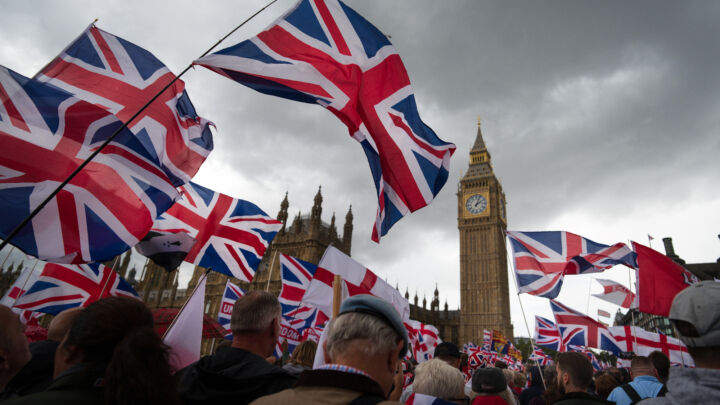
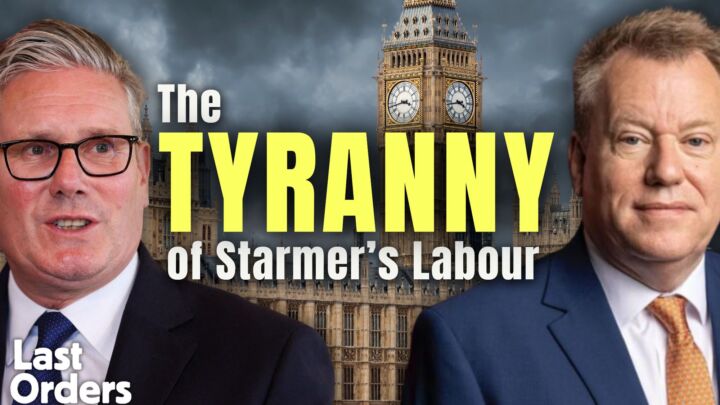


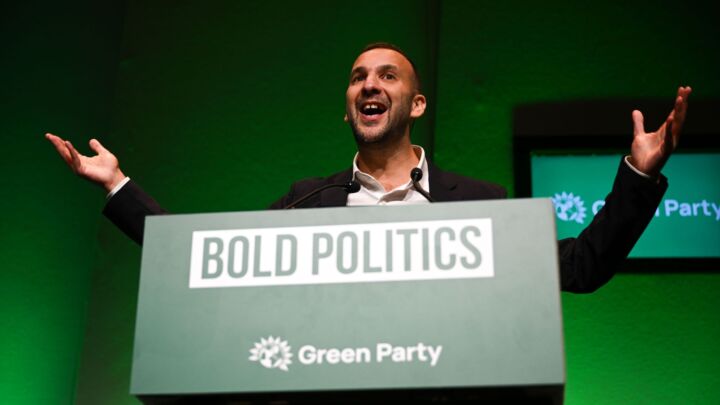
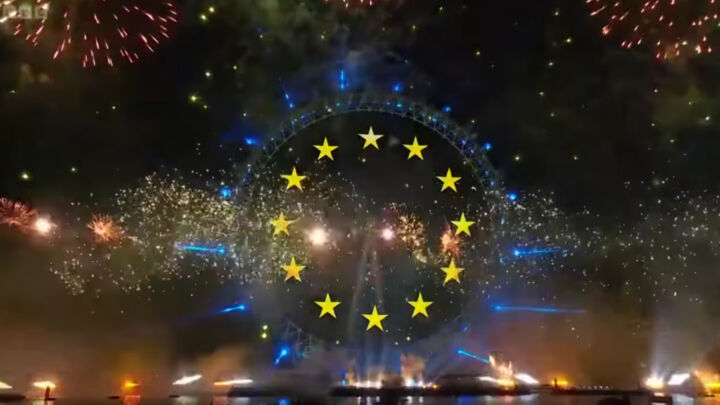

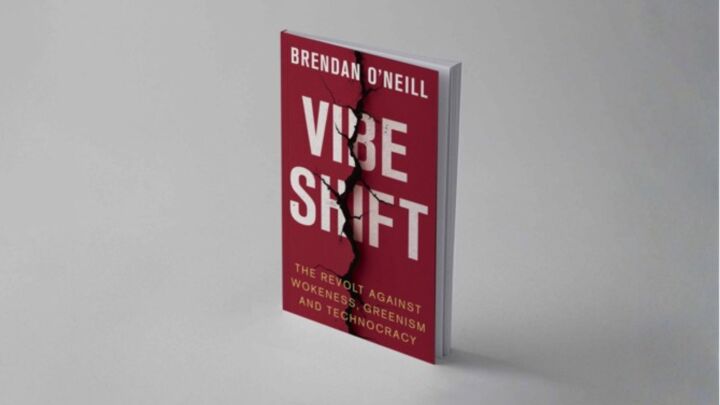
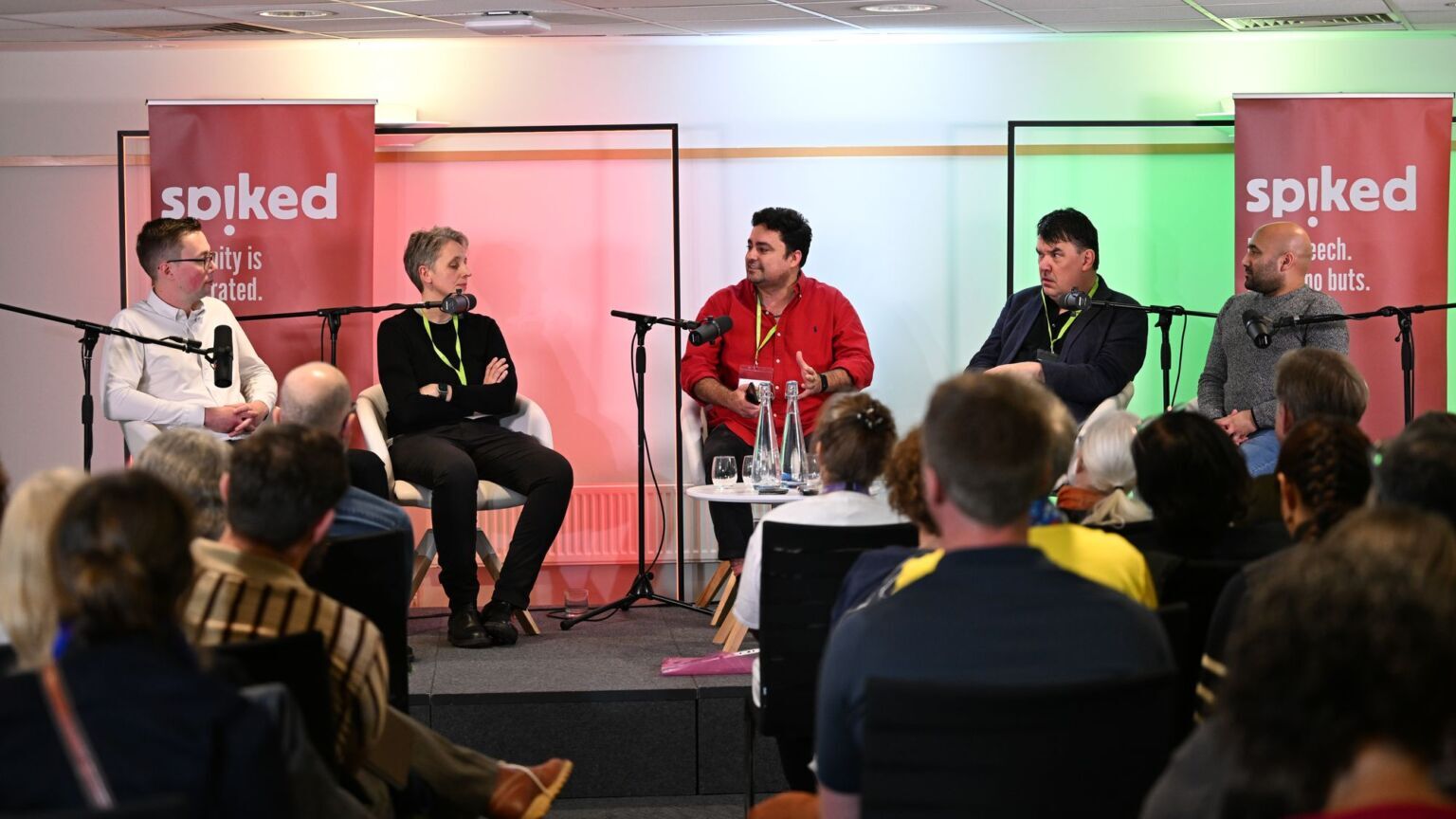
Comments
Want to join the conversation?
Only spiked supporters and patrons, who donate regularly to us, can comment on our articles.